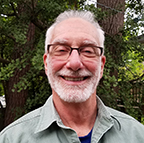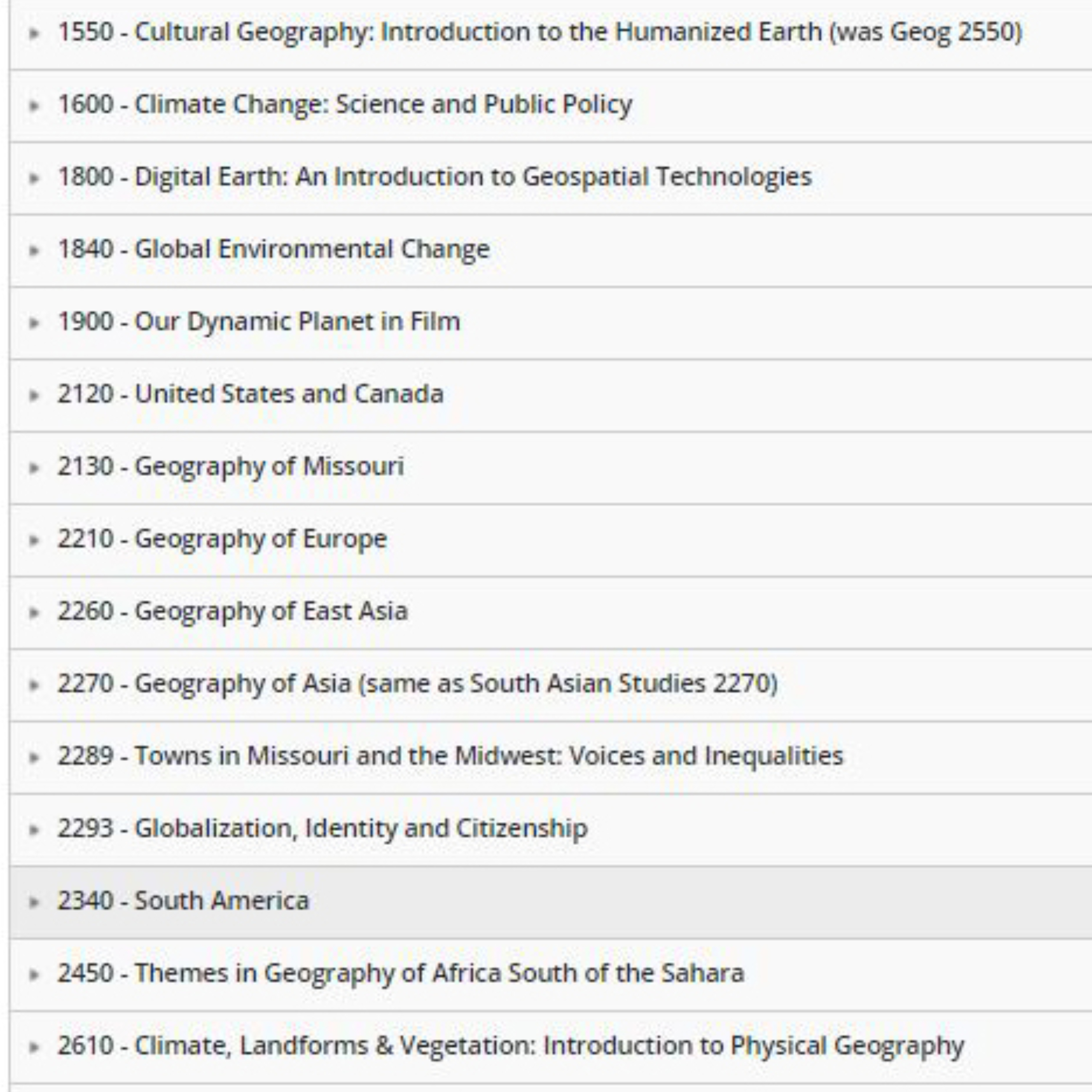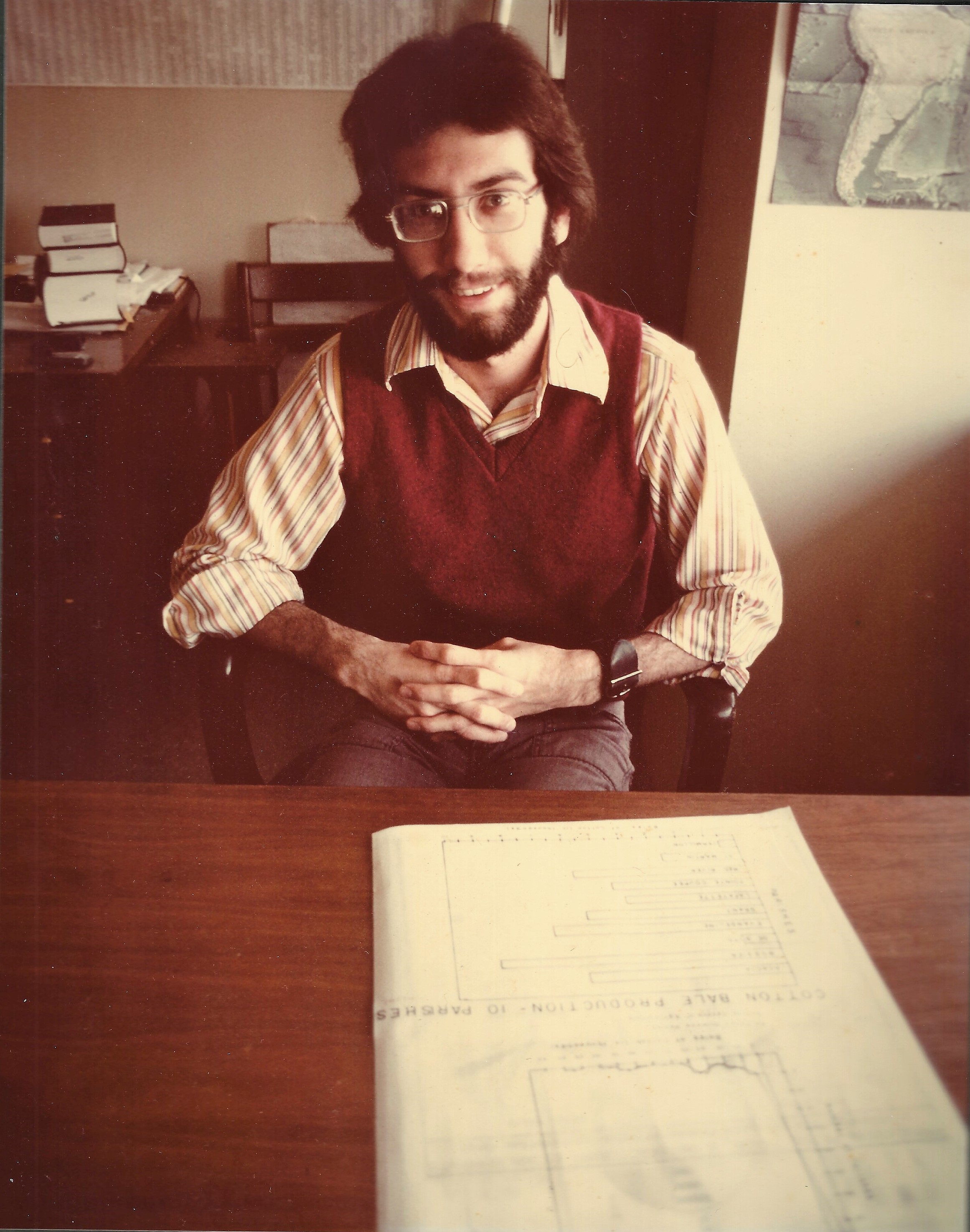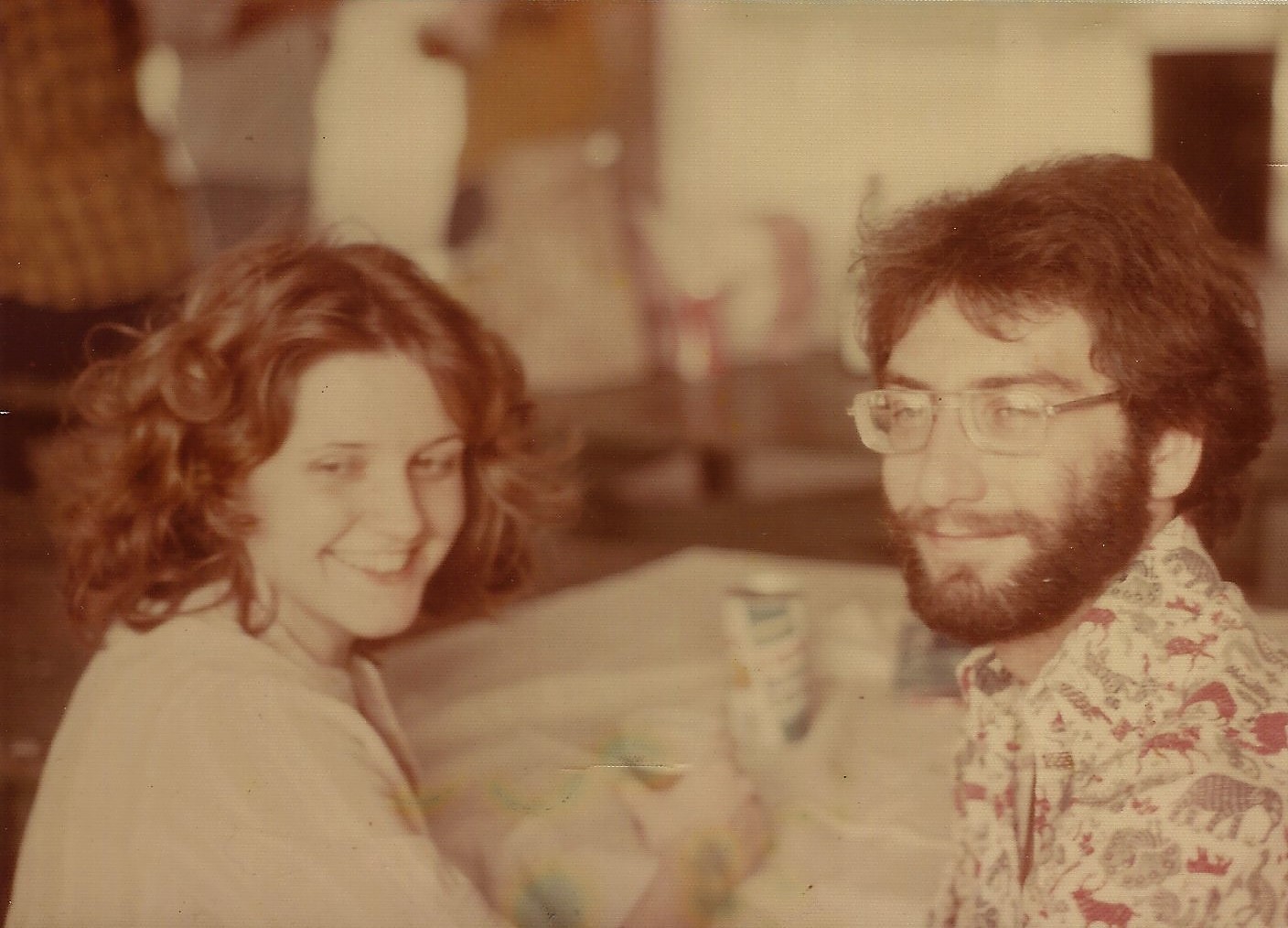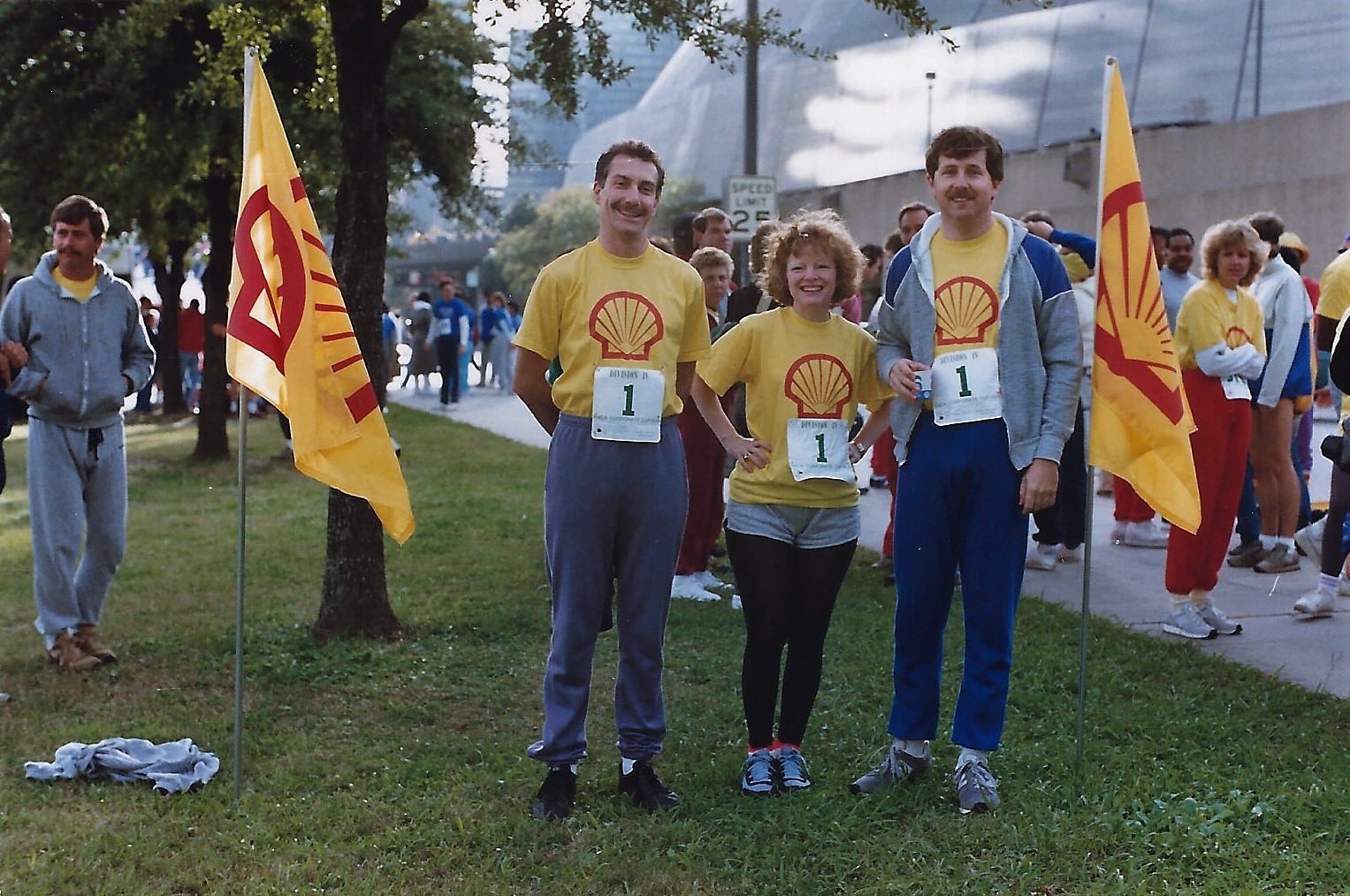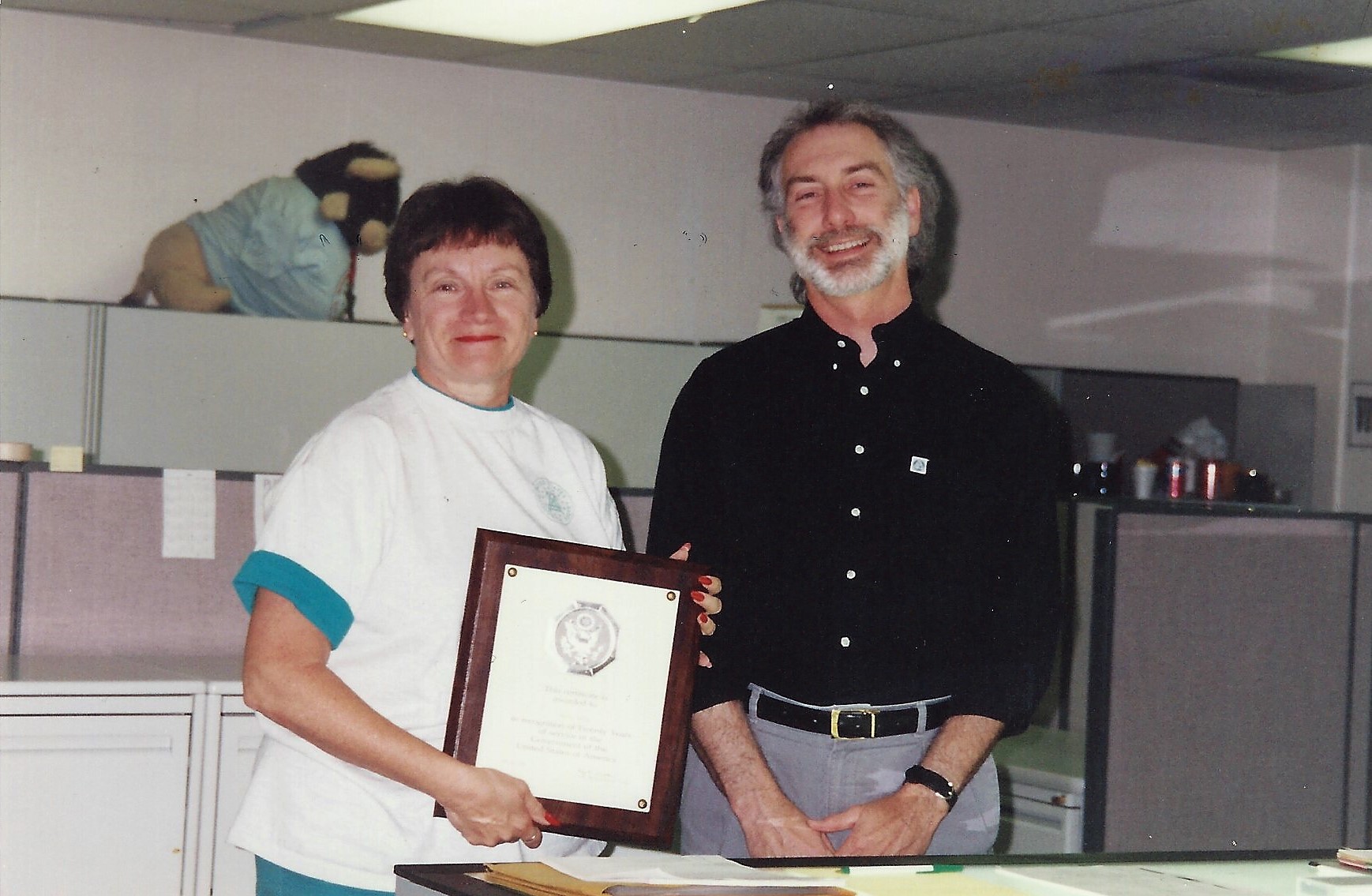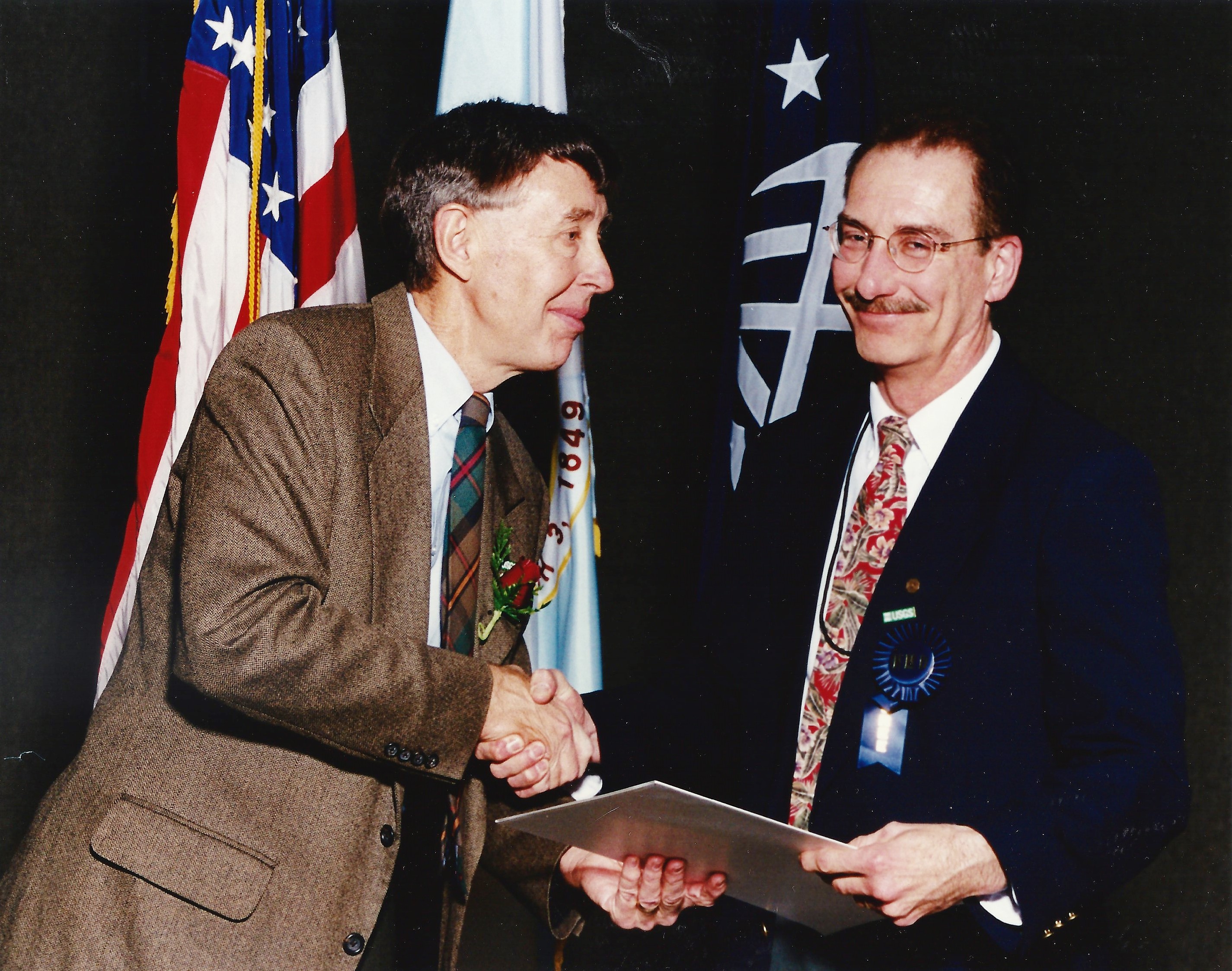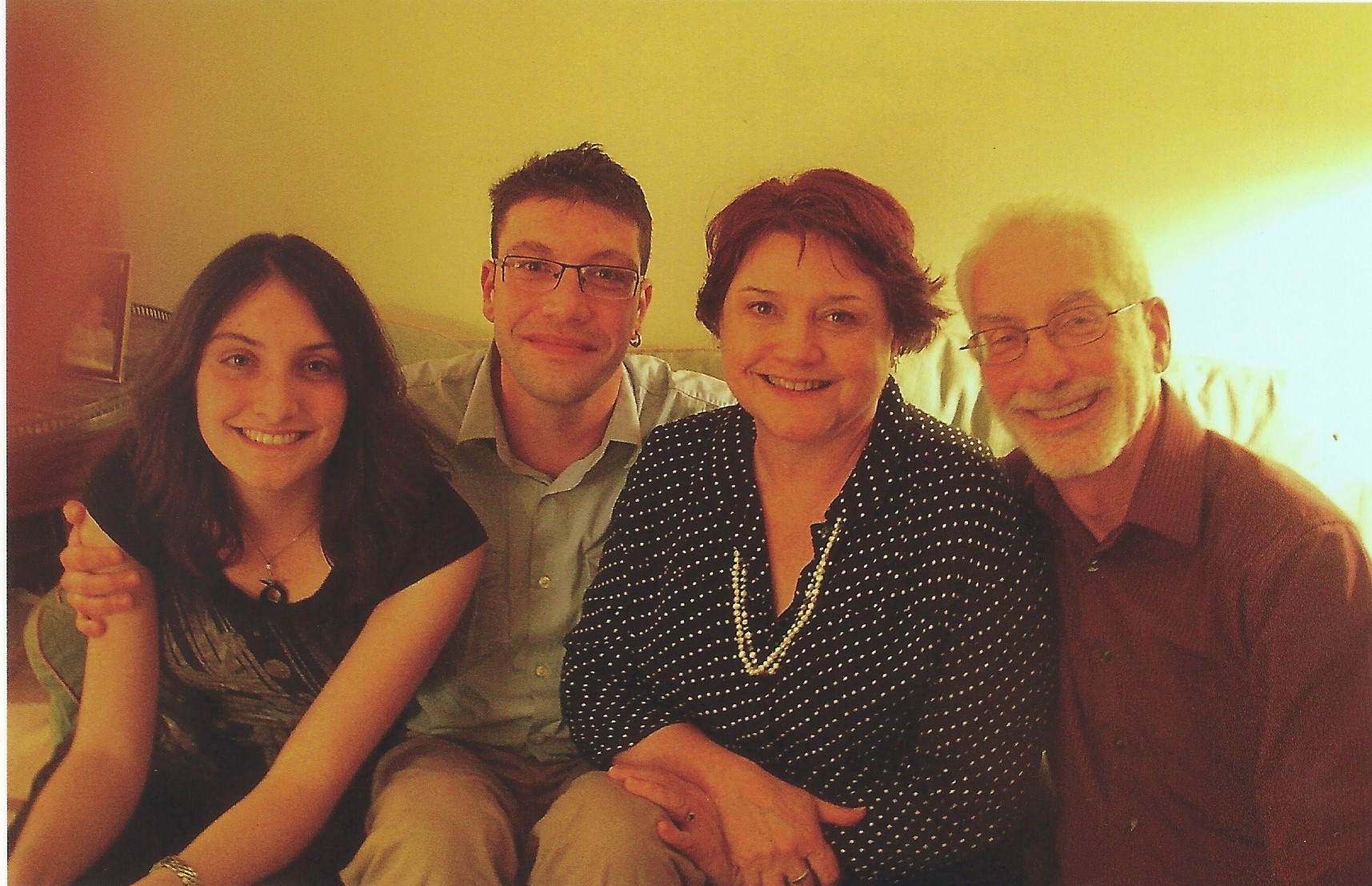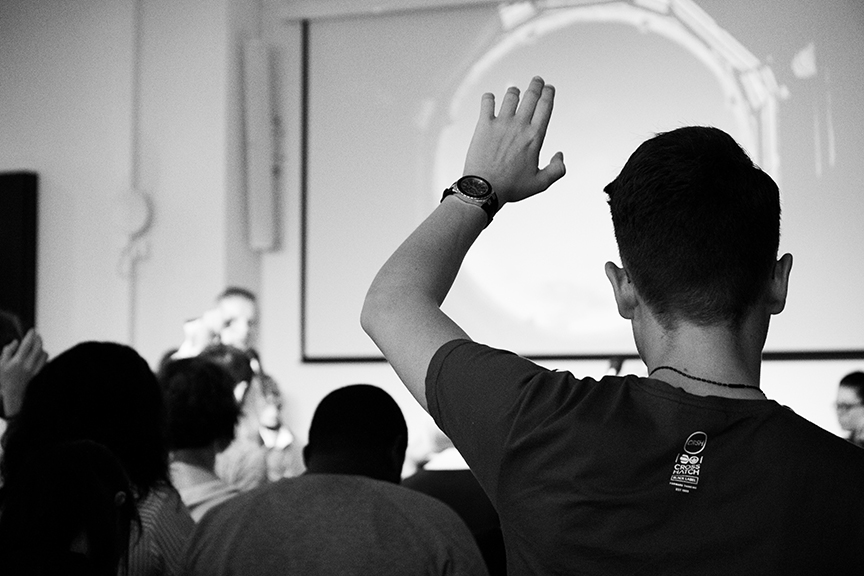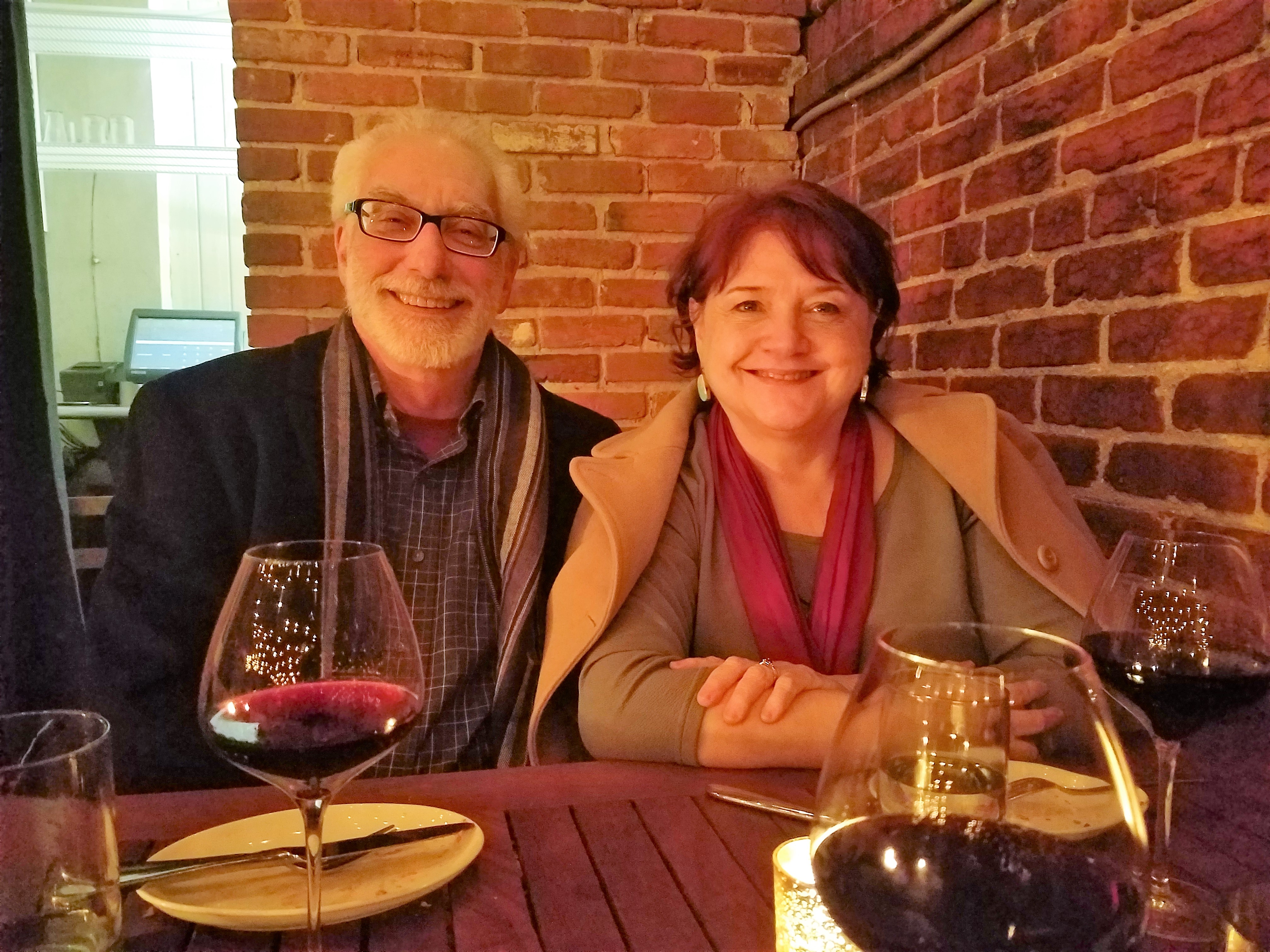Geography Department: When did you graduate from MU and what degree did you acquire?
Roberts: After four years at Mizzou, I completed my BA degree, with honors in geography, in June 1972, and received my MA degree in December 1973.
Geography Department: What are your fondest memories of being a part of geography?
Roberts: As a teaching assistant, I was assigned a desk in the graduate assistants’ room in the geography department, which at that time was in McAlester Hall at the edge of campus. It was the first time I found myself in the company of other students who were as geeky about maps and geography as I was. About half of the graduate students at that time were Vietnam veterans. The veterans were older, more experienced in life, many were married, and had traveled the world more than those of us just completing our bachelor’s degree. The camaraderie among the students had a positive impact on the level of effort we each put forth in our studies. Friendly academic competition was complimented by off-campus parties and field trips. One field trip I remember was climbing the bluffs along the Missouri River near Easley, Missouri, with Dr. Noble and his family and several others. The geography program forged strong bonds among the graduate students and fostered friendships that, for me, have lasted a lifetime.
